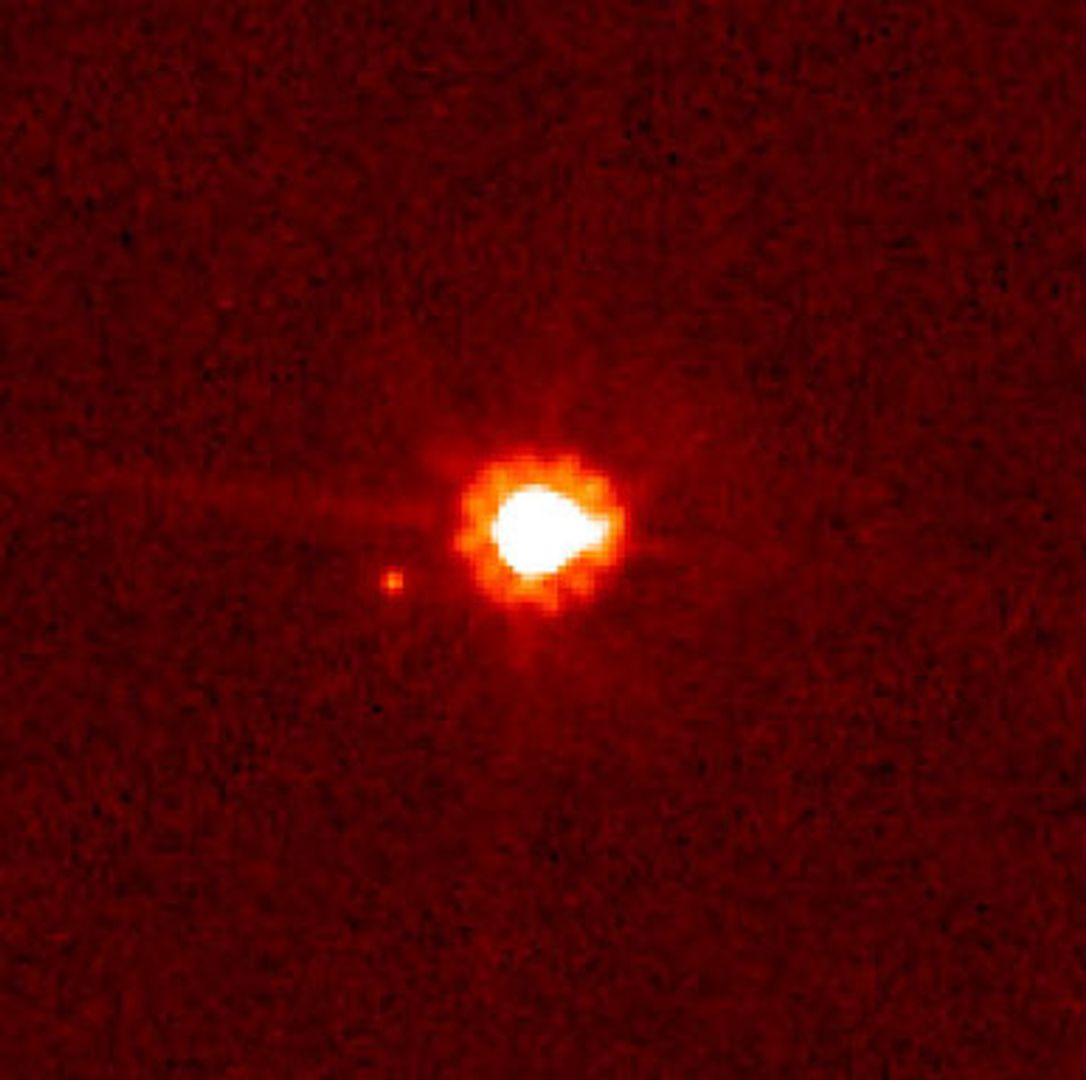Eris
7.5

Overview
Discovered on January 5, 2005, Eris is a dwarf planet and one of the largest objects in the Kuiper Belt, with a mass greater than that of Pluto. Its discovery prompted a redefinition of the term "planet," which took place during the International Astronomical Union's symposium in 2006, when Pluto was reclassified as a dwarf planet. Eris, along with Ceres and Pluto, was recognized as a dwarf planet, and these objects are referred to as plutoids. Eris has a moon named Dysnomia, discovered in 2005, which is significantly less bright than Eris and orbits it every 16 days. It revolves around the Sun over a period of about 563 years, following a highly eccentric orbit with a significant inclination. The discovery of Eris required extensive searches of the outer Solar System, and its size was initially estimated at 3000 km, though later observations indicated a diameter of 2326 km. The surface of Eris is composed of methane ice, along with a frozen atmosphere, indicating its primordial nature. Eris is enveloped by a thick mantle of ice, reflecting nearly all the light that falls on it, making it one of the most distant and enigmatic objects in our Solar System.
Location
2025 Wizytor | All Rights Reserved